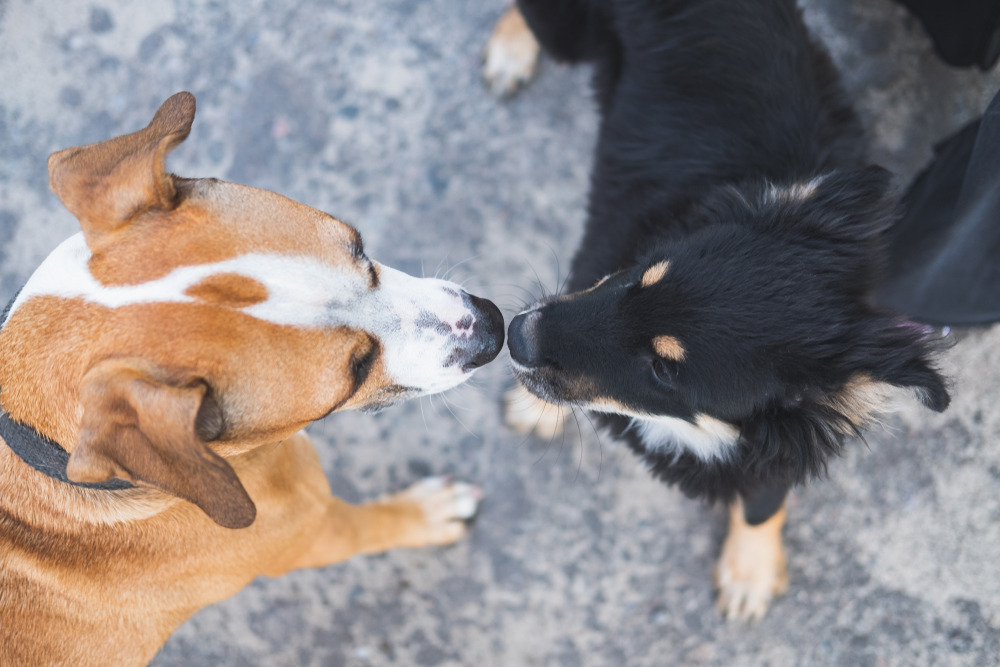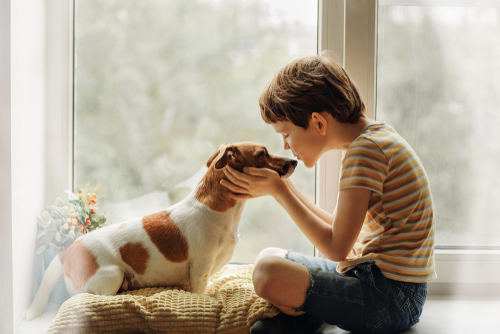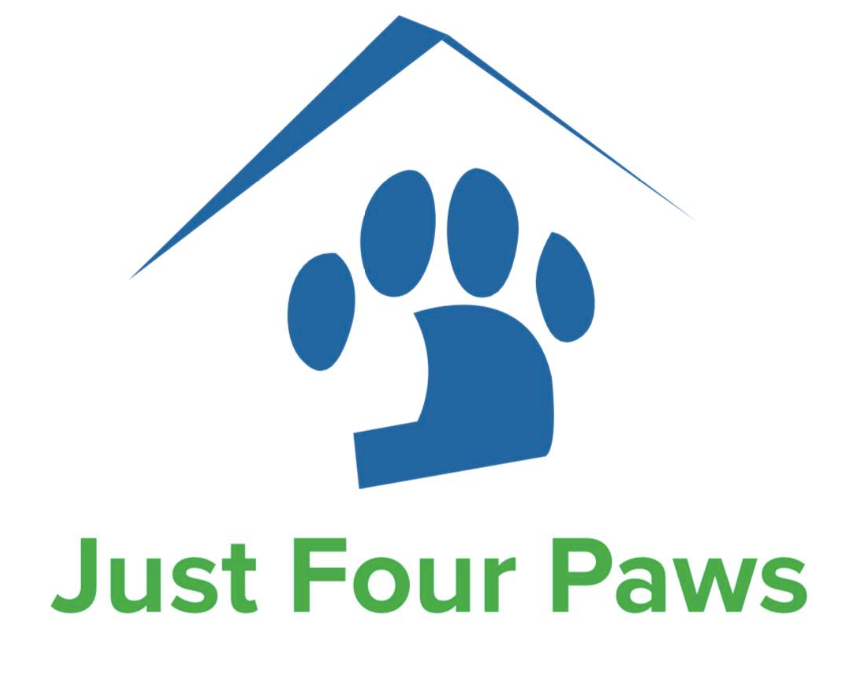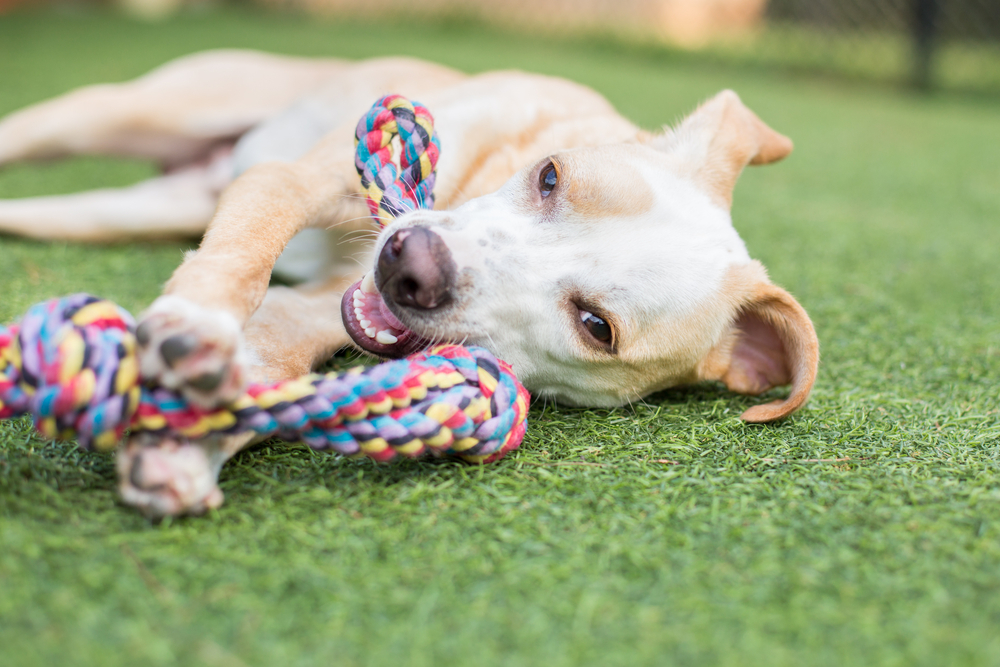
Bringing a new puppy into your home can be an exciting and rewarding experience, but it’s essential to ensure a smooth introduction and integration process, especially if you already have other dogs. Helping your new puppy bond with existing dogs at home requires patience, consistency, and understanding of canine behavior. In this guide, we’ll explore effective strategies for introducing a new puppy to your dogs and fostering positive relationships within your canine pack.
Understanding Canine Behavior
Pack Dynamics
Dogs are social animals that thrive in pack environments. Within a canine pack, there is a hierarchical structure with dominant and submissive roles. Understanding pack dynamics is essential for introducing a new puppy and ensuring harmony among your dogs.
Body Language
Dogs communicate primarily through body language, including posture, facial expressions, and vocalizations. Pay attention to your dogs’ body language during introductions and interactions to assess their comfort levels and establish boundaries.
Preparing for Introduction
Create a Neutral Space
Before introducing your new puppy to your existing dogs, create a neutral space where they can meet without territorial conflicts. Choose a location outside of your home, such as a fenced yard or a nearby park, where all dogs can interact freely.
Supervise Interactions
Always supervise interactions between your new puppy and existing dogs, especially during the initial introduction phase. Be prepared to intervene if any signs of aggression or tension arise and separate the dogs if necessary.
Introducing the New Puppy
Controlled Introduction
Introduce your new puppy to your existing dogs one at a time in a controlled manner. Keep the dogs on leashes initially to maintain control and prevent any unwanted behaviors. Allow them to sniff each other and observe their interactions closely.
Positive Reinforcement
Use positive reinforcement techniques, such as praise, treats, and toys, to encourage friendly interactions between your dogs. Reward calm and friendly behavior with treats and verbal praise to reinforce positive associations.
Fostering Bonding and Socialization
Group Activities
Engage your dogs in group activities and play sessions to encourage bonding and socialization. Take them for walks together, play interactive games, and provide opportunities for them to explore and interact with each other in a supervised setting.
Training Sessions
Incorporate training sessions into your daily routine to establish obedience and reinforce positive behaviors. Use reward-based training methods to teach your dogs basic commands and manners, and involve your new puppy in training exercises alongside your existing dogs.
Addressing Challenges
Handling Aggression
If any signs of aggression or conflict arise during interactions, intervene immediately and separate the dogs to prevent escalation. Consult with a professional dog trainer or behaviorist for guidance on managing aggression and implementing behavior modification techniques.
Resolving Territorial Issues
Territorial disputes may arise as your dogs adjust to sharing their space with a new puppy. Provide separate feeding and sleeping areas for each dog to prevent resource guarding and minimize territorial conflicts. Gradually integrate the dogs’ spaces as they become more comfortable with each other.
Establishing Routine and Structure
Consistency is Key
Maintain a consistent routine and structure for your dogs to help them feel secure and establish harmony within your household. Stick to regular feeding schedules, exercise routines, and training sessions to provide stability and minimize stress for your dogs.
Individual Attention
While fostering bonding among your dogs is important, don’t forget to spend individual time with each dog to reinforce your bond and prevent jealousy or rivalry. Dedicate one-on-one time for activities and affection with each dog to ensure they feel loved and valued.
Conclusion
Introducing a new puppy to your dogs at home can be a rewarding experience that strengthens the bond within your canine pack. By following these strategies and guidelines for introducing and integrating a new puppy, you can help ensure a smooth transition and foster positive relationships among your dogs. With patience, consistency, and understanding, your dogs will soon form lifelong bonds and enjoy many happy moments together as part of your family.
Need Dog Services in Bee Cave, TX?
At Just Four Paws, Inc., we understand that your furry friends are more than just pets – they are cherished members of your family. That’s why we are committed to providing the best possible care for them during their stay with us. Our pet boarding services offer a safe and comfortable environment where your pets will receive individual attention and plenty of playtime. Additionally, our expert groomers are dedicated to pampering your pets and ensuring they look and feel their best. Trust Just Four Paws, Inc. with your pets’ needs and give them the love and care they deserve. Contact us today to learn more about what we can do for you!

Welcoming a new dog into your family can be an exciting and rewarding experience for both children and pets alike. However, it’s essential to help young children bond with their new furry friend to ensure a harmonious and loving relationship. Building a strong bond between children and dogs not only fosters companionship but also teaches valuable lessons in responsibility, empathy, and compassion. Here are some tips on how to help young children bond with a new dog:
Introduce the Dog Slowly and Calmly
The first step in helping young children bond with a new dog is to introduce them slowly and calmly. Dogs can be sensitive to new environments and may feel overwhelmed by loud noises or sudden movements. Allow the dog to approach children at their own pace and avoid overwhelming them with too much attention. Encourage children to speak in a calm and soothing voice to help the dog feel more comfortable and secure.
Supervise Interactions and Set Boundaries
While it’s essential to encourage children to bond with their new dog, it’s equally important to supervise their interactions and set boundaries. Teach children how to approach the dog gently and respectfully, avoiding sudden movements or loud noises that may scare or startle the dog. Encourage positive interactions, such as petting and playing, while discouraging behaviors that may be harmful or upsetting to the dog, such as pulling on ears or tail.
Involve Children in Care Responsibilities
One of the best ways to help young children bond with a new dog is to involve them in care responsibilities. Teach children how to feed, groom, and exercise the dog, providing them with a sense of ownership and responsibility. By actively participating in the care of their new furry friend, children can develop a deeper connection and bond with the dog while learning valuable lessons in empathy and compassion.
Encourage Playtime and Bonding Activities
Playtime is an essential part of building a strong bond between children and dogs. Encourage children to engage in interactive play and bonding activities with their new dog, such as fetch, tug-of-war, or hide-and-seek. These fun and interactive games not only provide physical exercise for both children and dogs but also strengthen the bond and communication between them. Additionally, bonding activities such as training sessions or puzzle toys can help foster a sense of teamwork and collaboration between children and their new canine companion.
Teach Children How to Read Dog Body Language
Understanding and interpreting dog body language is crucial for promoting a positive and healthy bond between children and dogs. Teach children how to recognize signs of stress, fear, or aggression in dogs, such as flattened ears, tucked tail, or growling. By teaching children how to read and respond to dog body language, you can prevent misunderstandings and promote a safe and respectful relationship between children and their new furry friend.
Create a Safe and Comfortable Environment
Creating a safe and comfortable environment for both children and dogs is essential for fostering a strong bond. Provide a designated space for the dog to rest and relax, away from high-traffic areas or noisy distractions. Ensure that children have a place where they can interact with the dog without feeling crowded or overwhelmed. Additionally, establish clear rules and boundaries that promote mutual respect and safety for both children and their new canine companion.
Provide Positive Reinforcement and Encouragement
Positive reinforcement is key to helping young children bond with a new dog. Praise and reward children for their positive interactions and responsible behavior towards the dog, such as gentle petting or following care routines. Encourage children to be patient and understanding with their new furry friend, rewarding them for their efforts in building a loving and caring relationship. By providing positive reinforcement and encouragement, you can reinforce the bond between children and their new dog and create a foundation of trust and respect.
Summary
Helping young children bond with a new dog requires patience, understanding, and compassion. By following these tips and guidelines, you can create a harmonious and loving relationship between children and their new furry friend. Remember to introduce the dog slowly and calmly, supervise interactions, involve children in care responsibilities, encourage playtime and bonding activities, teach children how to read dog body language, create a safe and comfortable environment, and provide positive reinforcement and encouragement. With time, effort, and love, children can develop a strong and lasting bond with their new canine companion, creating cherished memories and valuable life lessons along the way.
Need Dog Services in Bee Cave, TX?
At Just Four Paws, Inc., we understand that your furry friends are more than just pets – they are cherished members of your family. That’s why we are committed to providing the best possible care for them during their stay with us. Our pet boarding services offer a safe and comfortable environment where your pets will receive individual attention and plenty of playtime. Additionally, our expert groomers are dedicated to pampering your pets and ensuring they look and feel their best. Trust Just Four Paws, Inc. with your pets’ needs and give them the love and care they deserve. Contact us today to learn more about what we can do for you!



